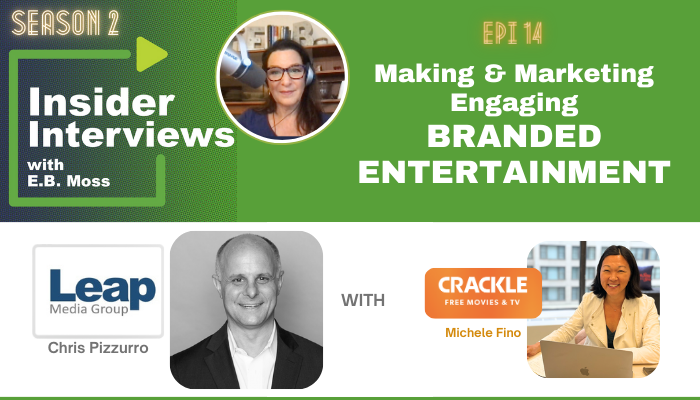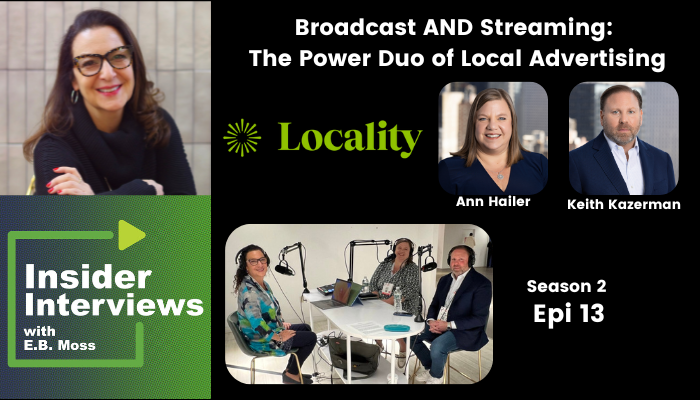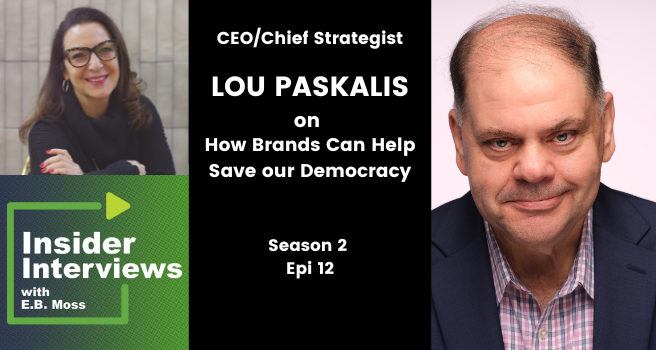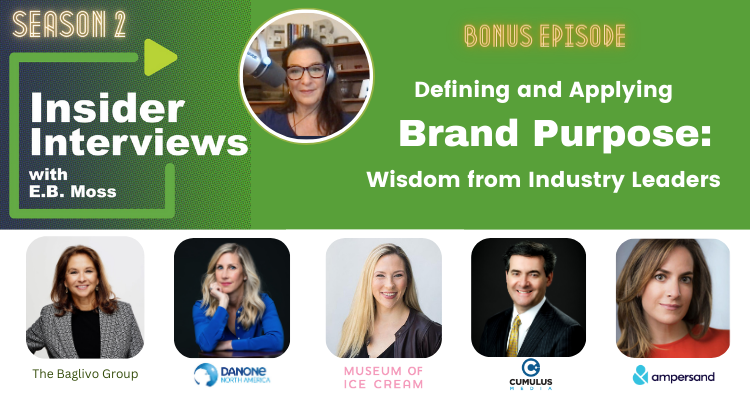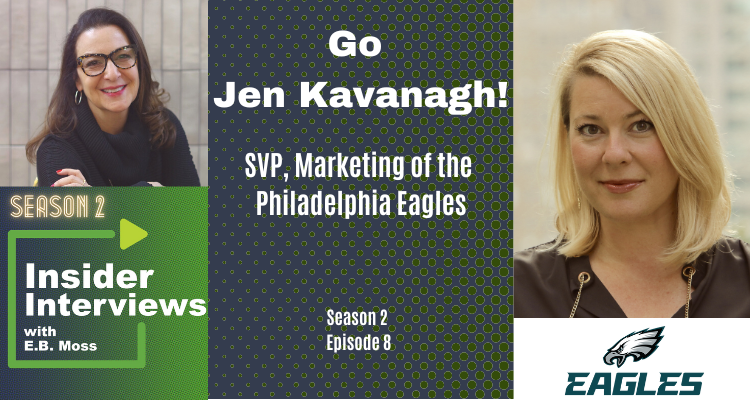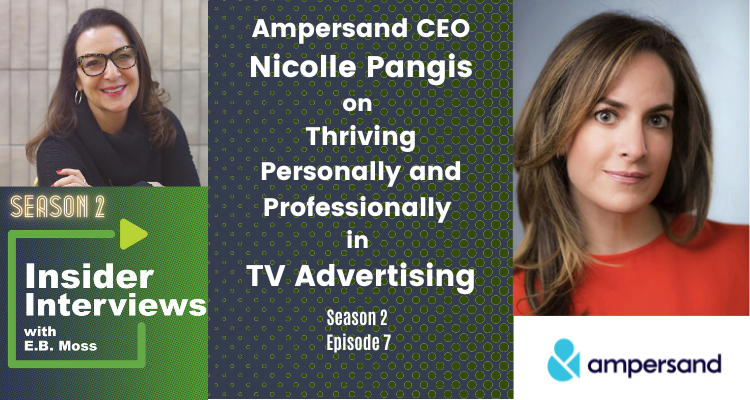Leap Into Engaging Branded Entertainment
Podcast: Play in new window | Download (Duration: 42:14 — 58.5MB) | Embed
Subscribe or Follow Spotify | Android | Pandora | iHeartRadio | TuneIn | Deezer | RSS | More
Can branded entertainment be “bingeable?” If it’s engaging and the characters are relatable! What if no one watches? They will if that branded content is made — then promoted — by Leap Media. That’s what I learned from speaking with Chris Pizzurro, Co-Founder and Principal of Leap Media Group, and Michele Fino, Head of Branded […]

